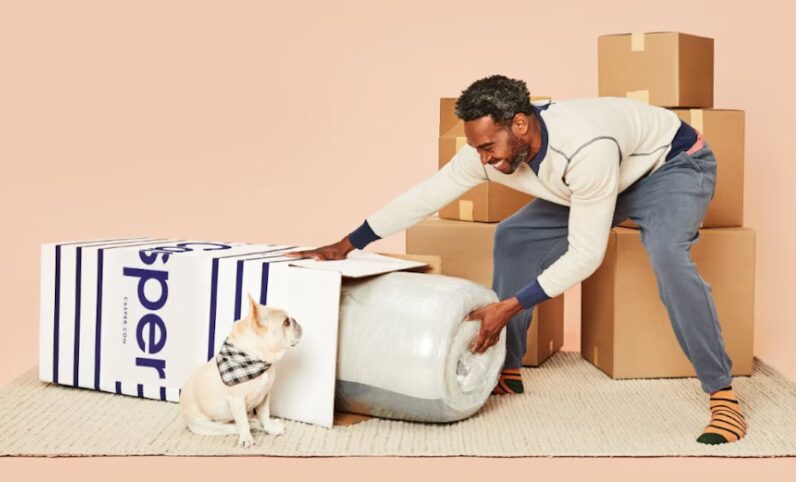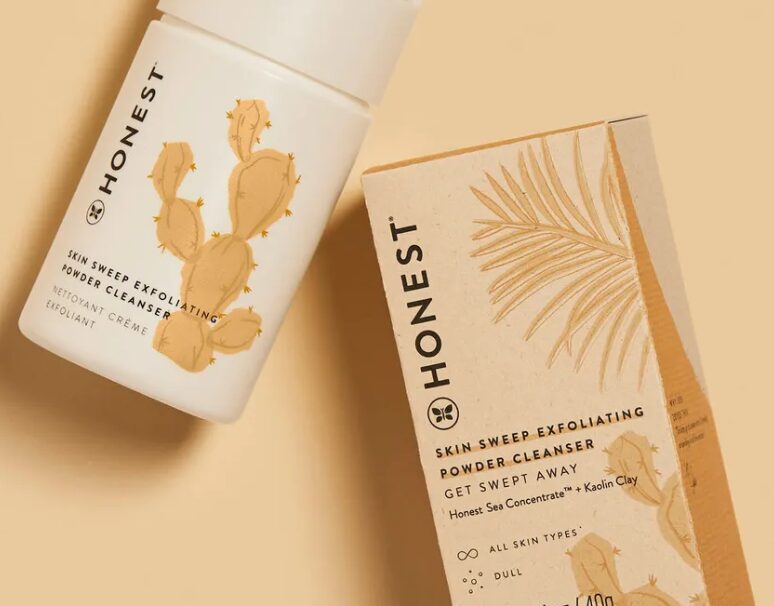When direct-to-consumer (DTC) brands dream of expanding into retail stores, they often overlook a crucial element that can make or break their success: packaging.
Many assume the packaging that worked brilliantly for their online sales will transition seamlessly to store shelves. This assumption has led to costly failures and valuable lessons for numerous brands.
The Fundamental Disconnect
The core challenge lies in the vastly different environments and customer behaviors between online and retail shopping.
In the digital world, customers engage with your brand through carefully curated photos, detailed product descriptions, and customer reviews. They make purchasing decisions over minutes or even hours of consideration. But in a retail setting, you have seconds to capture attention, communicate value, and stand out among competitors.

Consider the case of Native Deodorant’s initial launch at Target.
Their minimalist white packaging, which looked stunning in Instagram photos and unboxing videos, virtually disappeared from store shelves. Customers who loved the brand online walked past it in stores, unable to quickly identify different scents or critical benefits.
Native learned from consumer research and in-store observation. As they developed insights into the problem, they revamped their retail packaging with bold color coding and explicit scent imagery, transforming their retail performance.
The Physical Reality of Retail Packaging – CASPER

The challenges extend far beyond visual appeal. Casper Sleep’s retail expansion offers a compelling example of how physical considerations derail a successful DTC brand. Their innovative cylindrical mattress boxes, perfect for direct shipping to customers, proved to be a nightmare in retail stores.
The packaging couldn’t stack effectively, consumed excessive floor space, and required unique display fixtures that many retailers couldn’t accommodate. This packaging mismatch contributed to significant reductions in retail presence and ultimately affected their financial performance.
The physical retail environment introduces a host of new demands that DTC packaging rarely considers:
– Products must withstand constant handling by curious shoppers
– Packages need to stack efficiently for both storage and display
– Materials must maintain their integrity under harsh store lighting
– Items require protection throughout a much longer and more complex distribution chain
Casper learned from their mistakes. They now operate as an omnichannel business. While it began as an online-only direct-to-consumer brand, it has expanded into physical retail through its stores (over 65 locations in the U.S.) and wholesale partnerships with retailers like Target, Costco, and Mattress Warehouse.
Wholesale sales have grown significantly, accounting for a major part of its revenue. Casper continues to sell online but is heavily investing in retail expansion to improve profitability.
The Cost of Learning Too Late

The Honest Company’s early retail attempts illustrate the financial impact of inadequate packaging adaptation.
While aligned with their brand values and sufficient for direct shipping, their eco-friendly, minimalist packaging design proved insufficient for retail distribution.
Products leaked on store shelves, packages collapsed when stacked, and insufficient tamper-evident features raised security concerns. The company faced significant inventory write-offs and temporary removal from some retail locations before investing millions in a complete packaging redesign and new physical packaging structures.
The Honest Company continues to specialize in personal care and beauty products and has been expanding its retail presence alongside its online business. Its products, including deodorants and other health and beauty items, are available in major retailers such as Target, Amazon, and CVS and its e-commerce platform.
The company recently reported strong revenue growth, achieving $99 million in Q3 2024, driven by in-store and online sales, while focusing on clean and sustainable product formulations. Their new retail packaging has improved their shelf appearance, and they continue to test, learn, and improve.
Bridging the Gap Successfully
The good news is that these challenges can be overcome with proper planning and understanding. Successful retail packaging must accomplish several key objectives:
First, it needs to serve as a silent salesperson, communicating value and benefits instantly in an environment where digital assets aren’t available to help close the sale. This means rethinking information hierarchy and ensuring crucial purchase drivers are immediately visible.
Second, packaging must be designed for the physical realities of retail distribution and display. This includes consideration of shelf space utilization, protection during handling, and compatibility with retail scanning and inventory systems.
Finally, successful retail packaging must balance brand storytelling with practical retail requirements. While DTC packaging can focus primarily on creating a memorable unboxing experience, retail packaging must work harder to capture attention, communicate value, and protect the product while maintaining brand identity.
Moving Forward
The transition from DTC to retail packaging requires a complete strategic overhaul, not minor modifications. Brands that succeed in this transition approach retail packaging as a distinct challenge requiring fresh thinking and significant investment. They conduct thorough in-store research, study competitor packaging, and test designs in mock retail environments before launch.
The most successful brands recognize that retail packaging isn’t just about containing the product—it’s about selling it in a highly competitive physical environment. They understand that engagement rules fundamentally differ from DTC and plan accordingly.
The critical lesson for DTC brands eyeing retail expansion is clear: start your retail packaging strategy from scratch. Use consumer research and insights to develop hypotheses. Test those hypotheses in the marketplace. Test, learn, and repeat.
Study your target retailers, understand their specific requirements, and design for the unique challenges of physical retail environments. While the investment in proper retail packaging strategy may seem significant, it’s far less costly than learning these lessons through failure in the marketplace.
Packaging at retail is often said to be your best salesperson.
Make sure your brand is dressed for success with stunning retail packaging.
Photo by Erda Estremera on Unsplash
Connect with Jeff at The Marketing Sage Consultancy. Interested in setting up a call with me? Use my calendly to schedule a time to talk. The call is free, and we can discuss your brand and marketing needs.
If you want to learn more about my new offering, The Trusted Advisor Board, you can click here to learn the details. Feel free to email me at jeffslater@themarketing sage.com or text 919 720 0995. Thanks for your interest in working with The Marketing Sage Consultancy.





